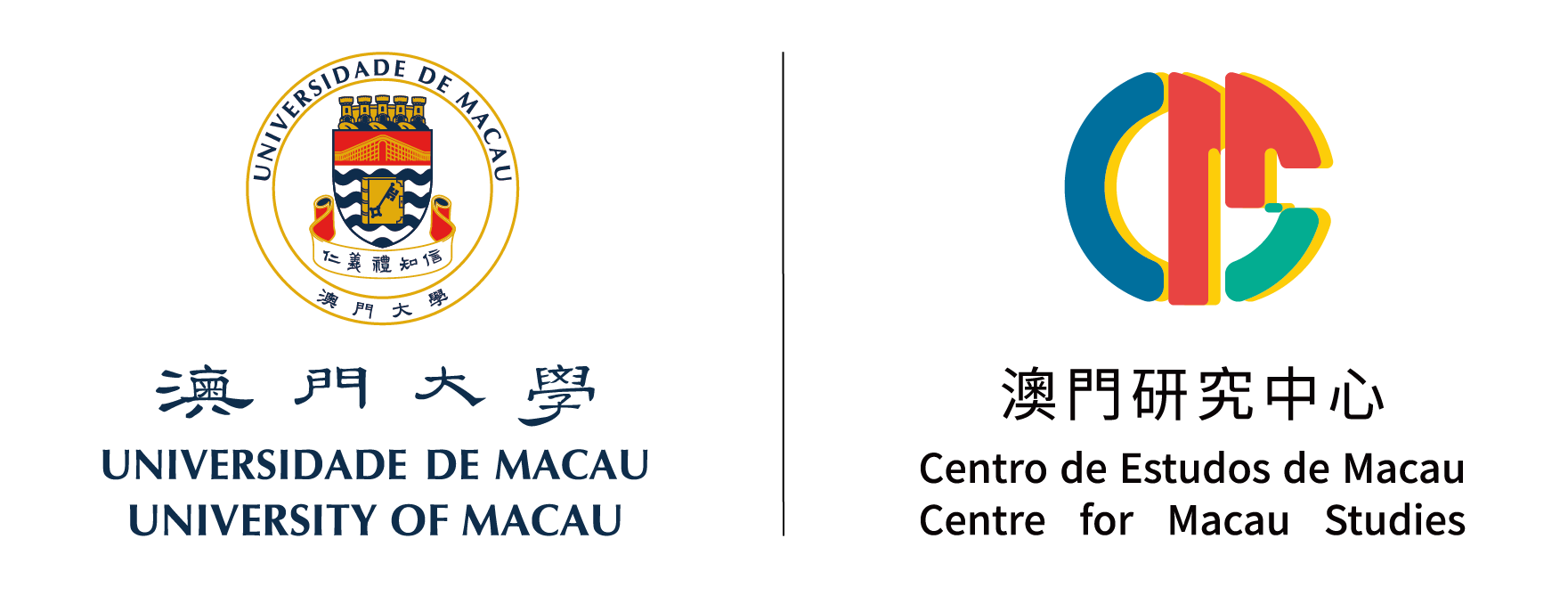
| 標題 Title |
蝴蝶效應︰由清代廣州三行轉運世界的茶葉貿易 Butterfly Effect: Tea Trade from Guangzhou Thirteen-Hong to the World in the Qing Dynasty |
|---|---|
| 作者 Author |
冷東,羅章鑫 LENG Dong, LUO Zhangxin |
| 摘要 Abstract |
茶葉之路的源頭是福建和安徽,但大量的茶葉要集中到廣州並外銷歐美國家,粵商、徽商和閩商因此組成茶葉之路的鏈條。1757年廣州一口通商,造就了盛極一時的廣州十三行時期,中國外銷茶在此形成完整的生產流通體系。茶農經過烘茶、挑茶、包裝之後,將茶葉出售予茶販,茶販將收購到的茶葉匯集到茶莊,茶商們將茶葉加工後發往廣州十三行,行商將茶葉賣給各國商人,最終流入國外市場。此一產業大大促進了嶺南茶葉種植、茶文化以及粵商的發展。同 時,廣州河南區也逐漸形成街市商業區。茶葉的大量出口,促使了嶺南地區大量外向型茶葉加工區的出現。當然,這一條影響世界的茶葉之路的形成,並非經濟發展的自然規律,而是一口通商政策影響下的特殊結果。
The source of the tea trade is Fujian and Anhui, but a large quantity of tea was gathered in Guangzhou and exported to Europe and the Americas. Thus Guangdong, Anhui and Fujian merchants formed a chain of the tea trade. In 1757, Guangzhou became the sole port for foreign trade, which led to the most prosperous period of thirteen-hong. Chinese export tea had a complete system of production and circulation. Tea peasants baked, picked and packed the tea products and sold them to tea dealers, who processed the tea and sent them to the hong merchants, who sold them to foreign traders. The tea industry promoted the prosperity of tea plantations, tea culture and the Guangdong merchants group. Street markets appeared along the southern side of the Pearl River in Guangzhou. Tea exportation led to the emergence of a large amount of export-oriented enterprises in South China. But we need to say, the formation of this world-wide tea path is not a natural economic development, but specifically the result of the policy of one-port foreign trade. |
| 關鍵詞 Keywords |
清代,廣州,十三行,茶葉,中西貿易 Qing dynasty, Thirteen Hong, Tea, Chinese and western trade |
| 下載 Download |
Links |

